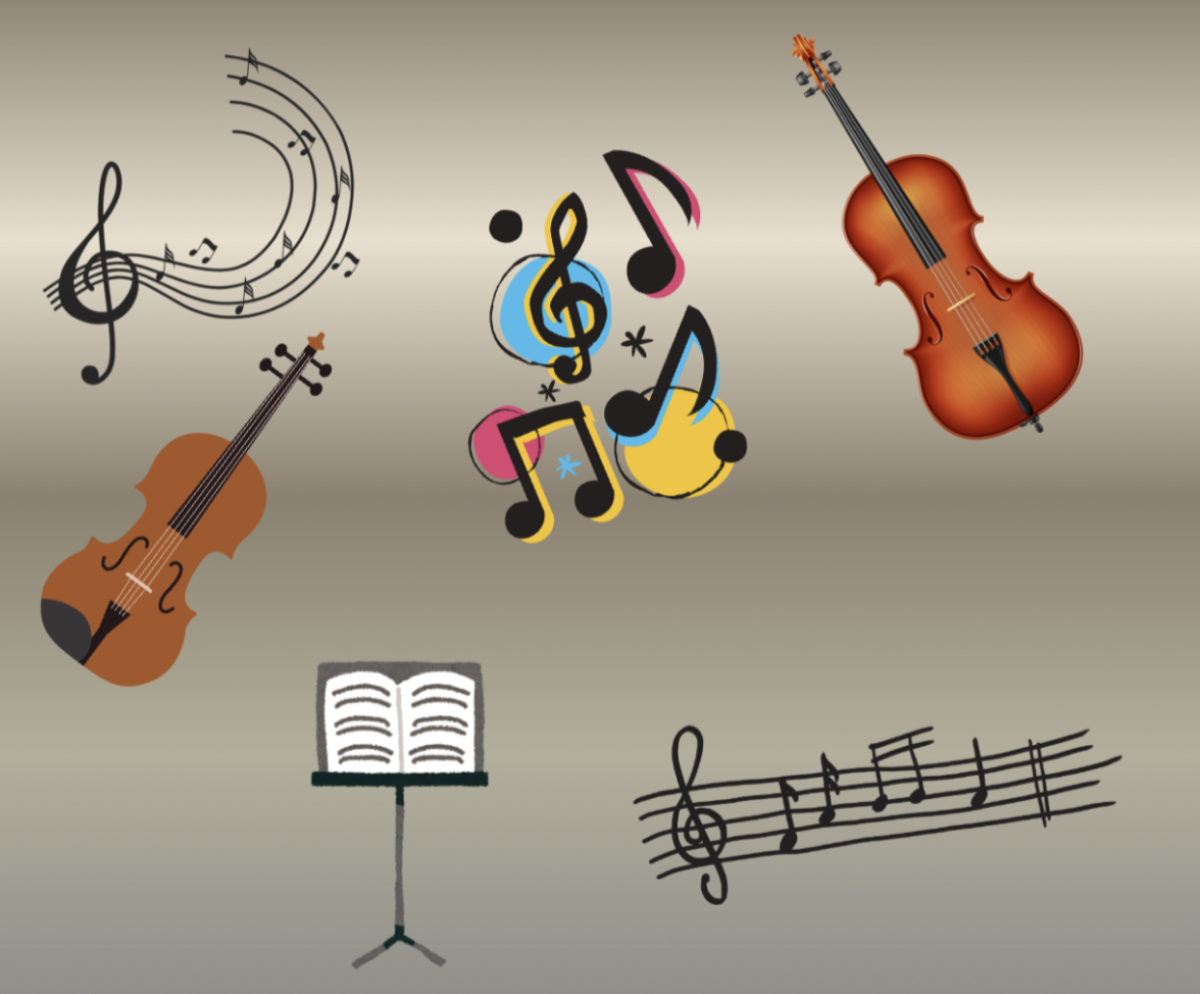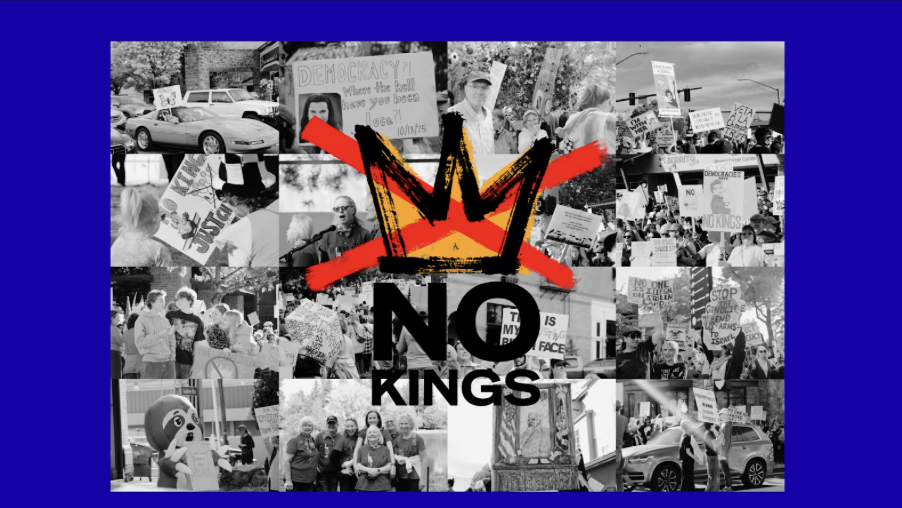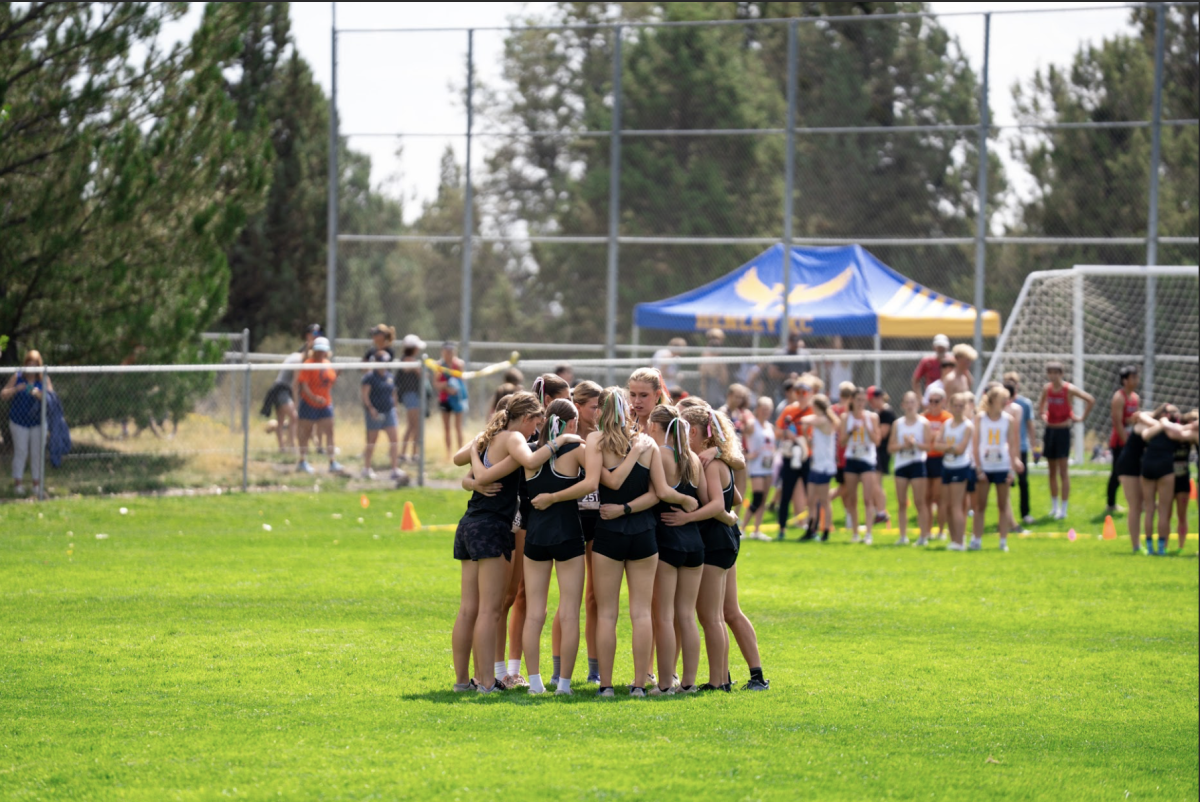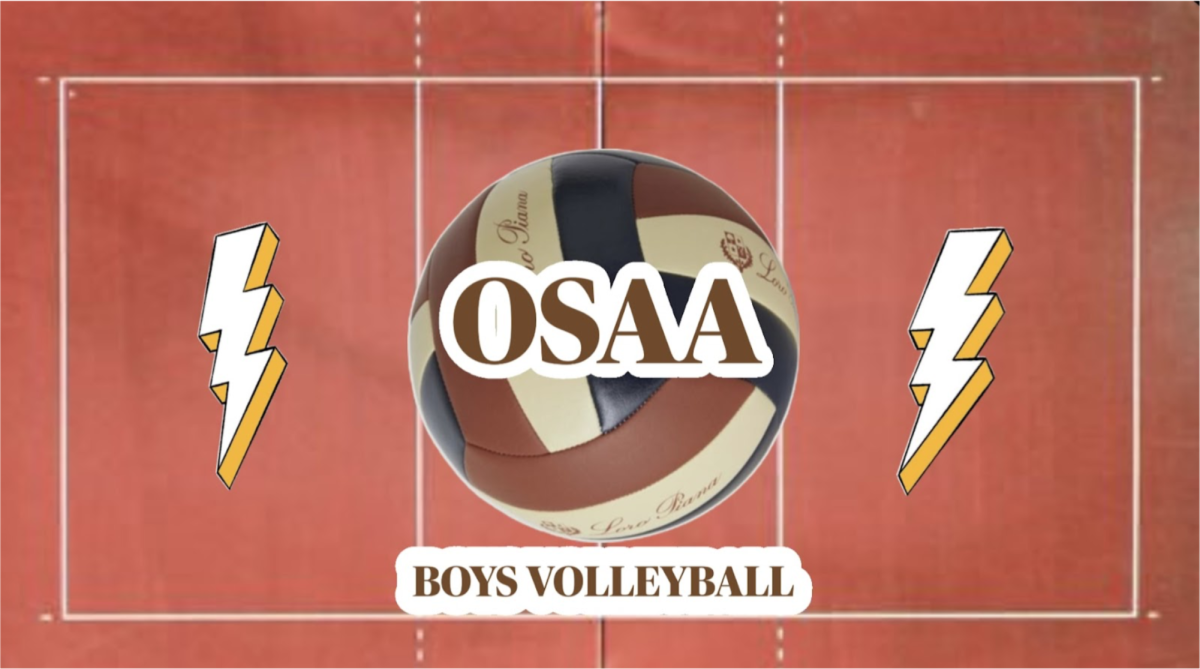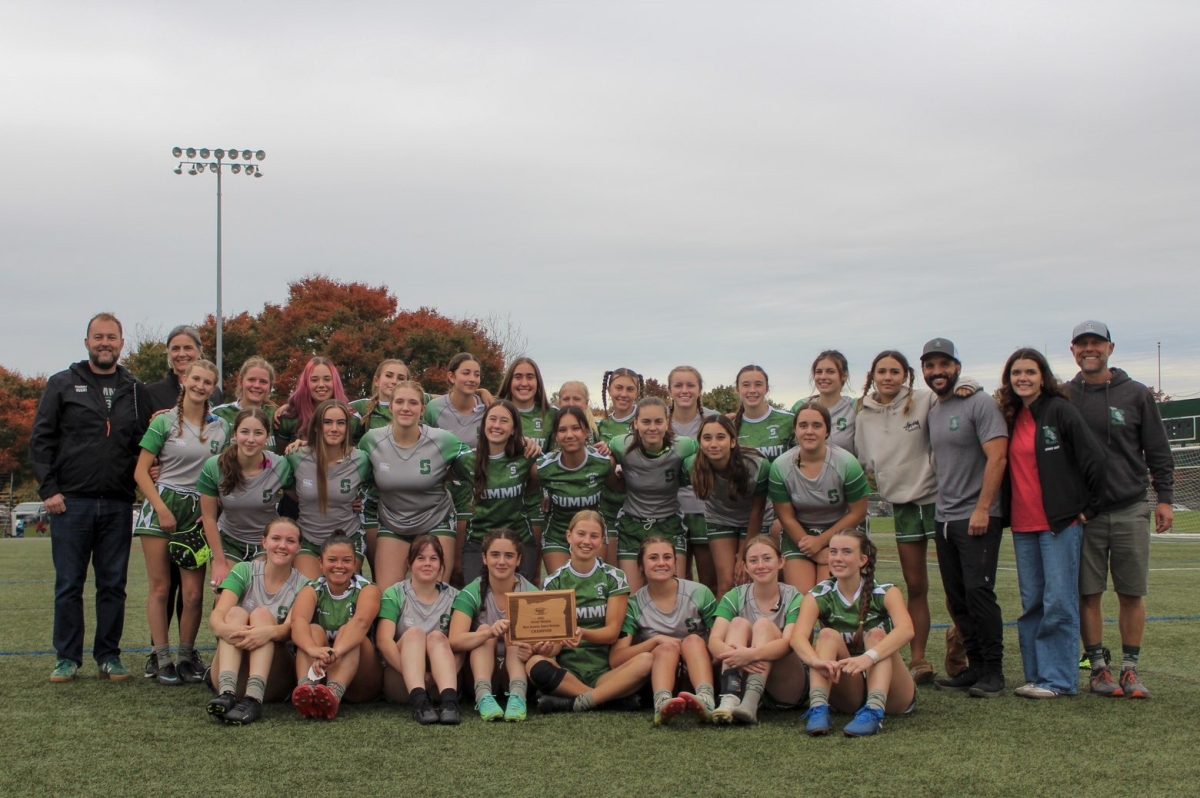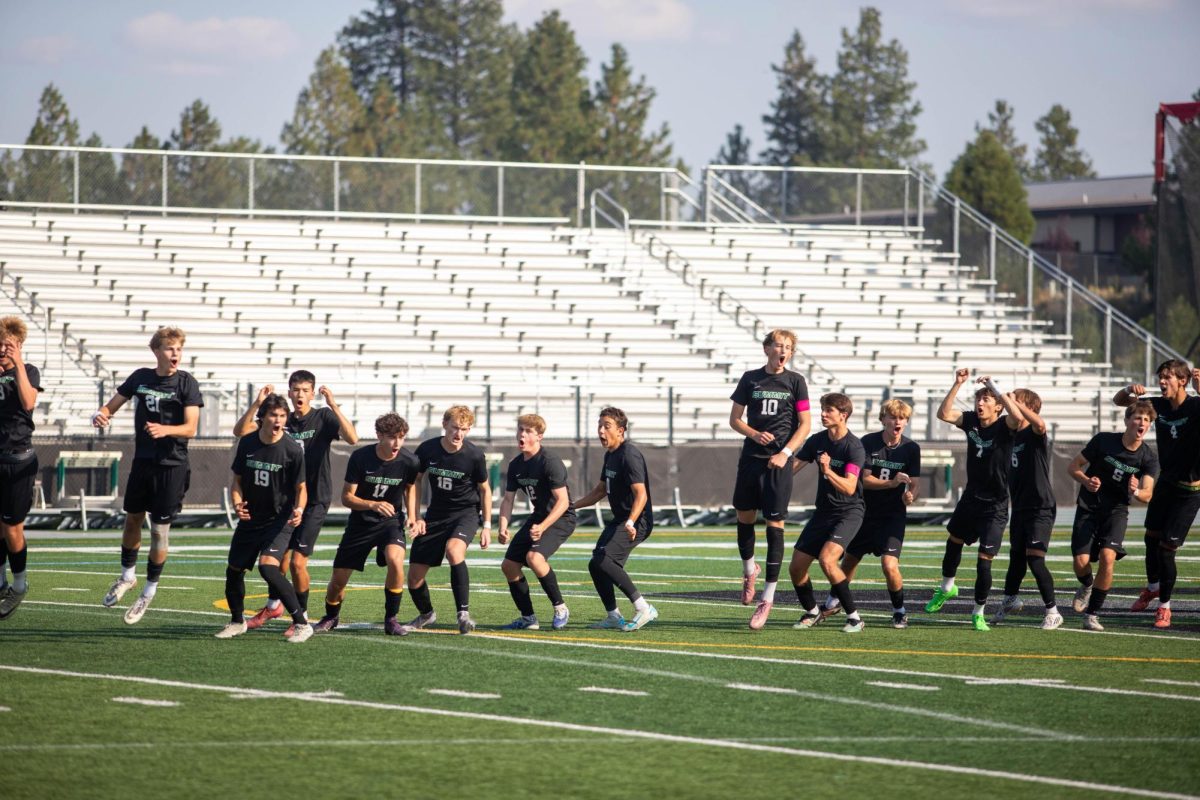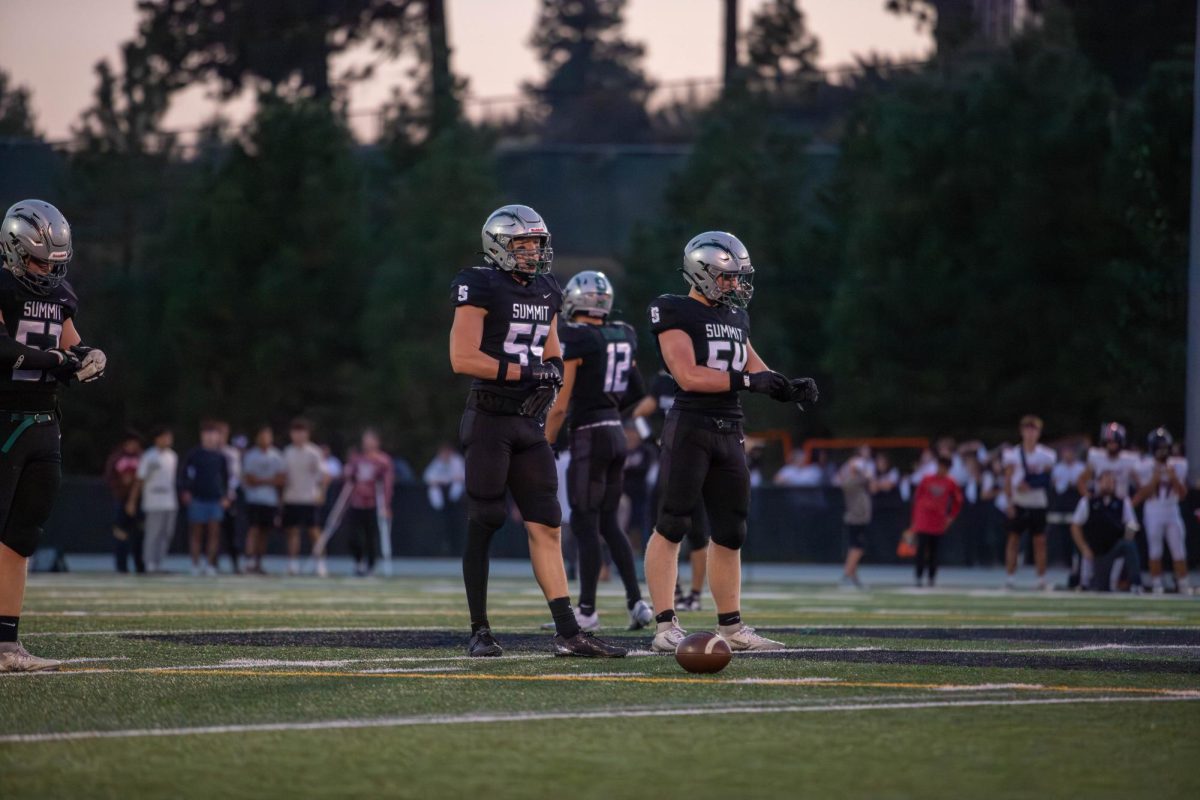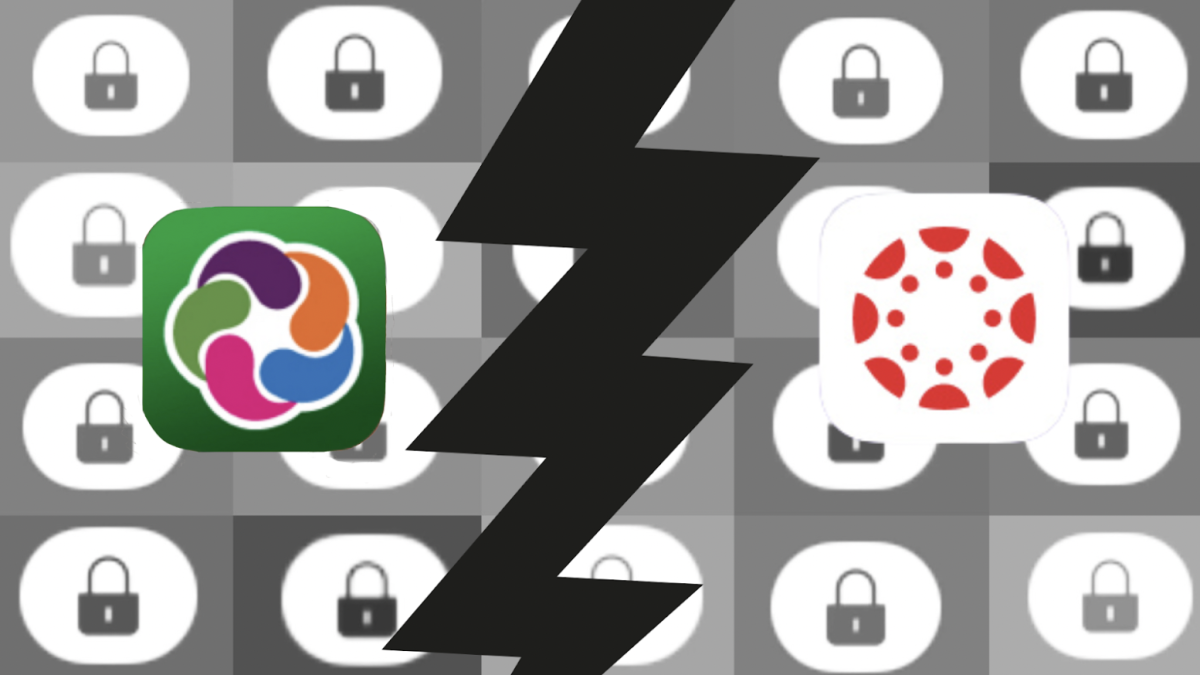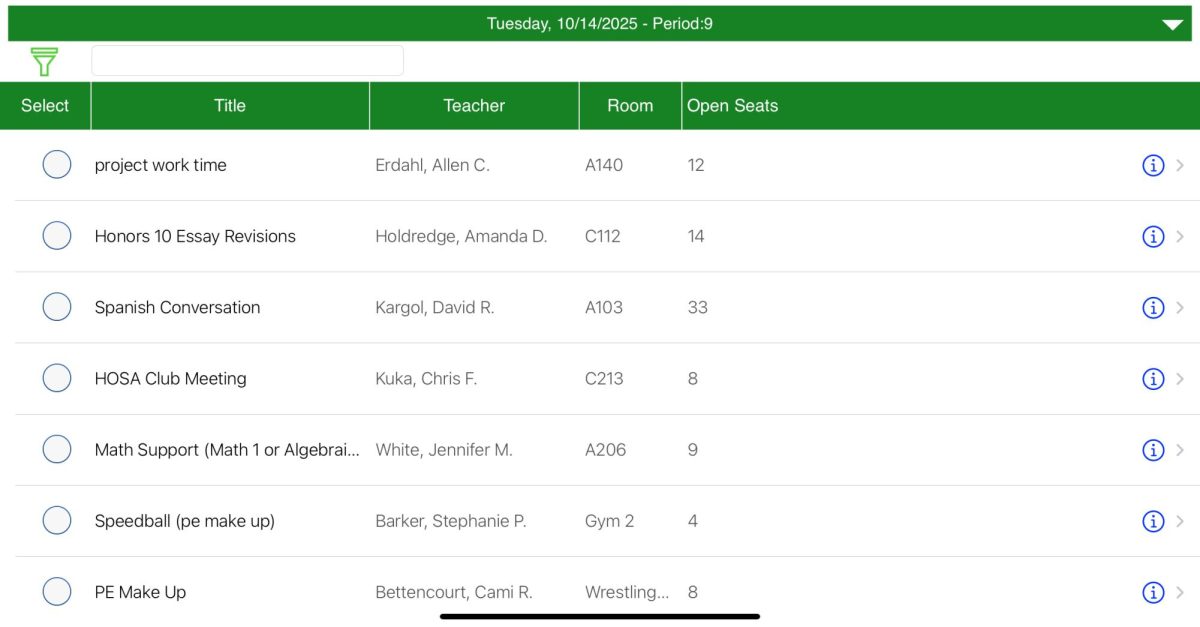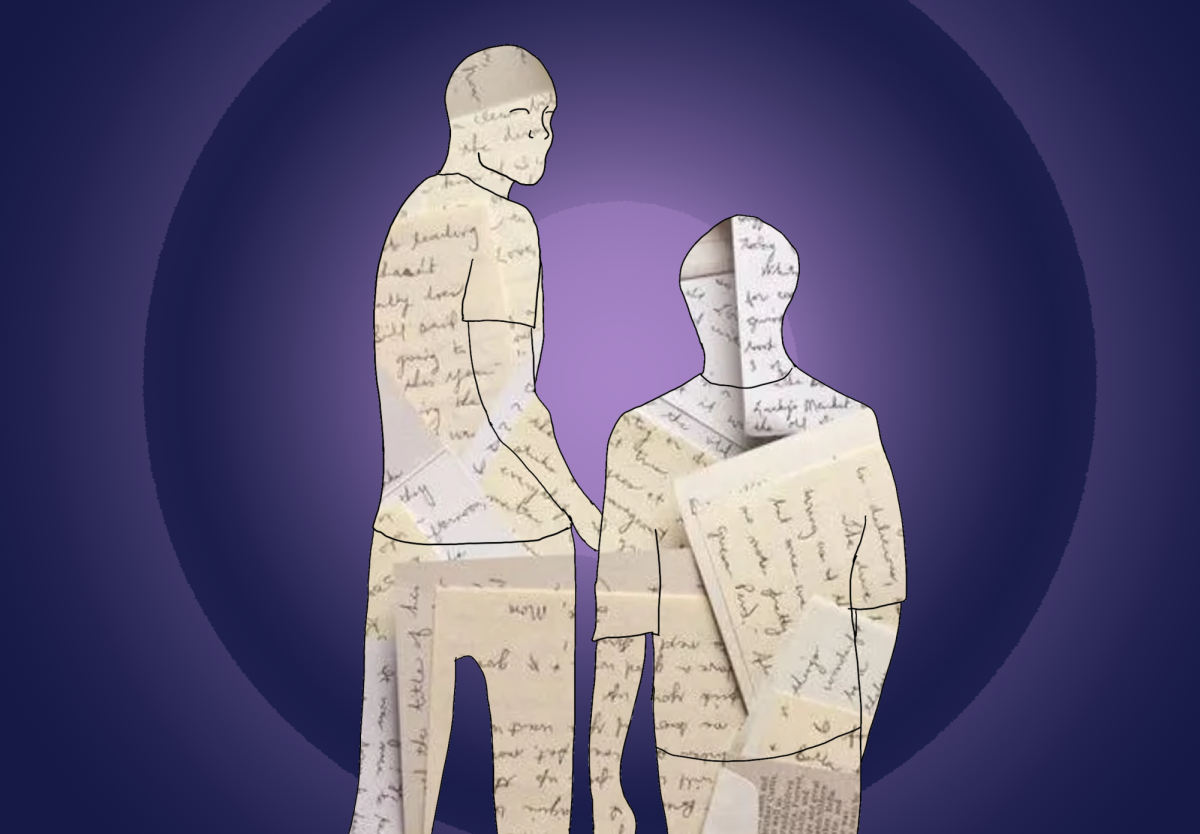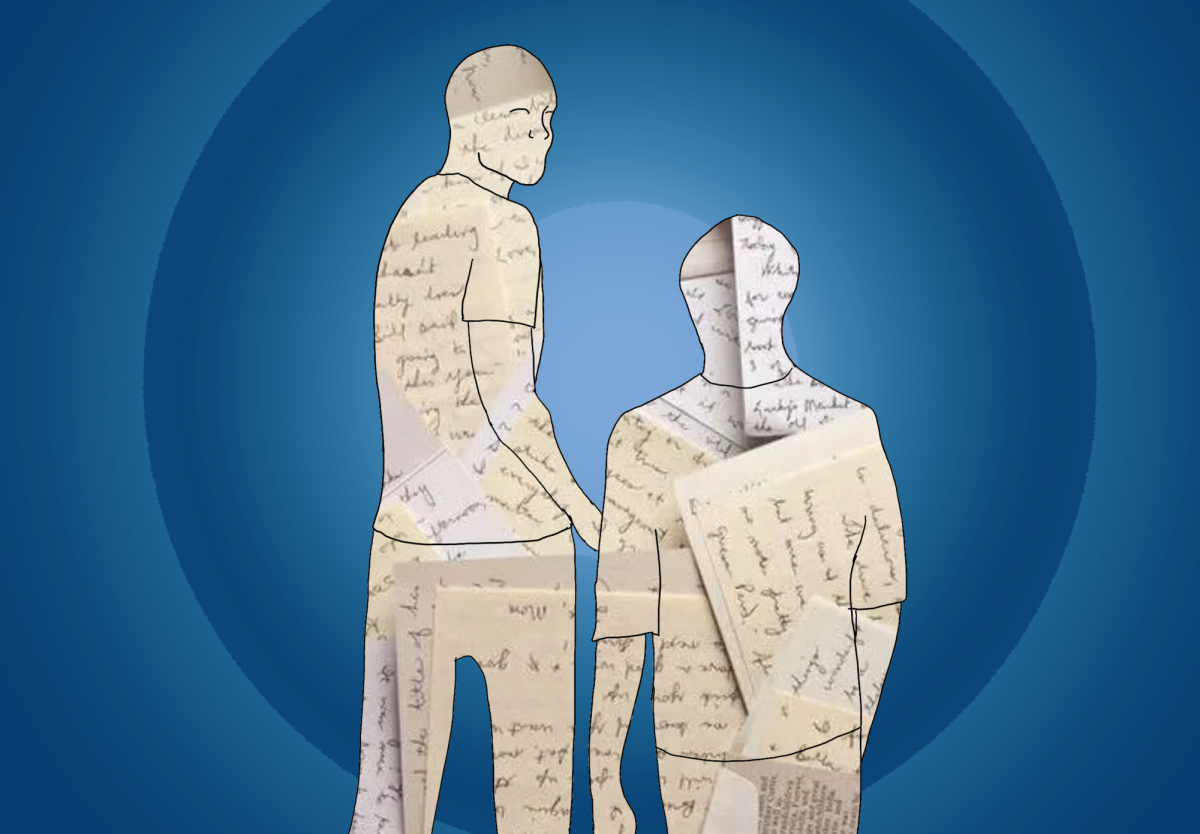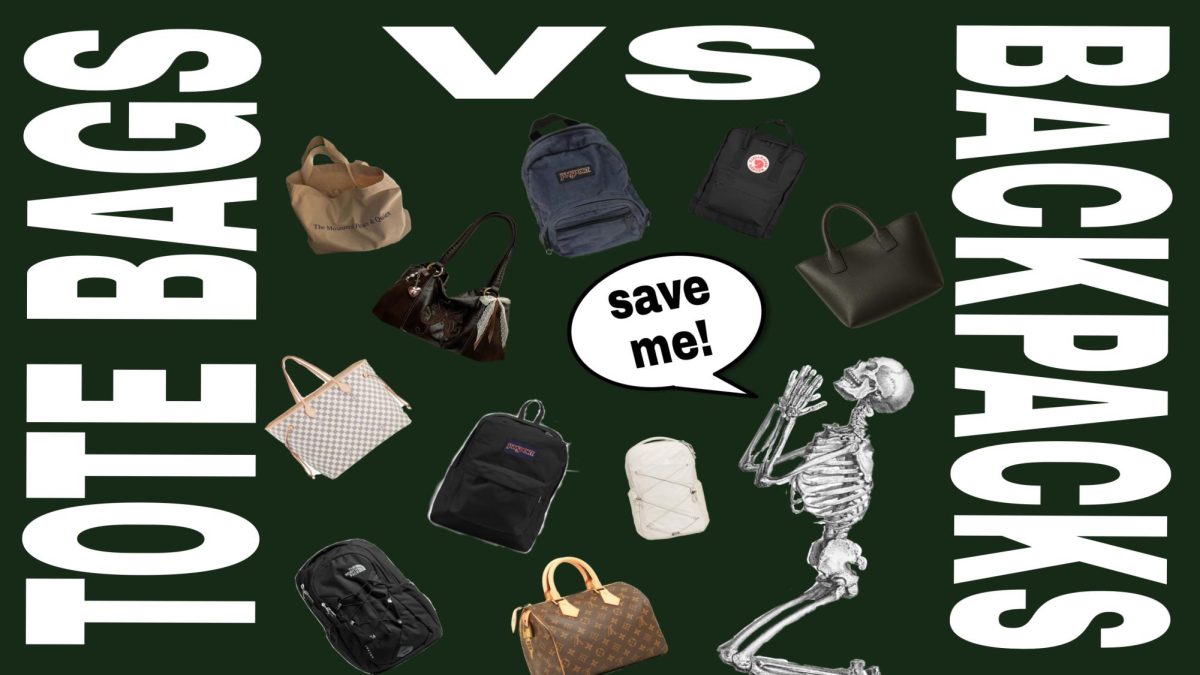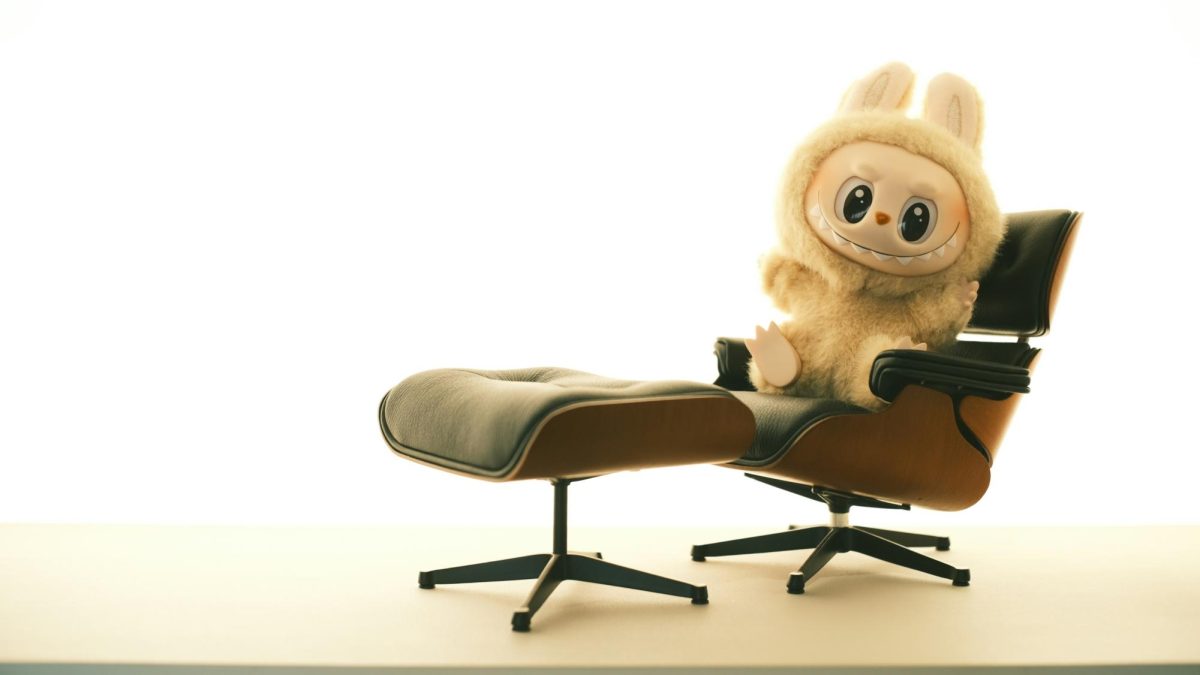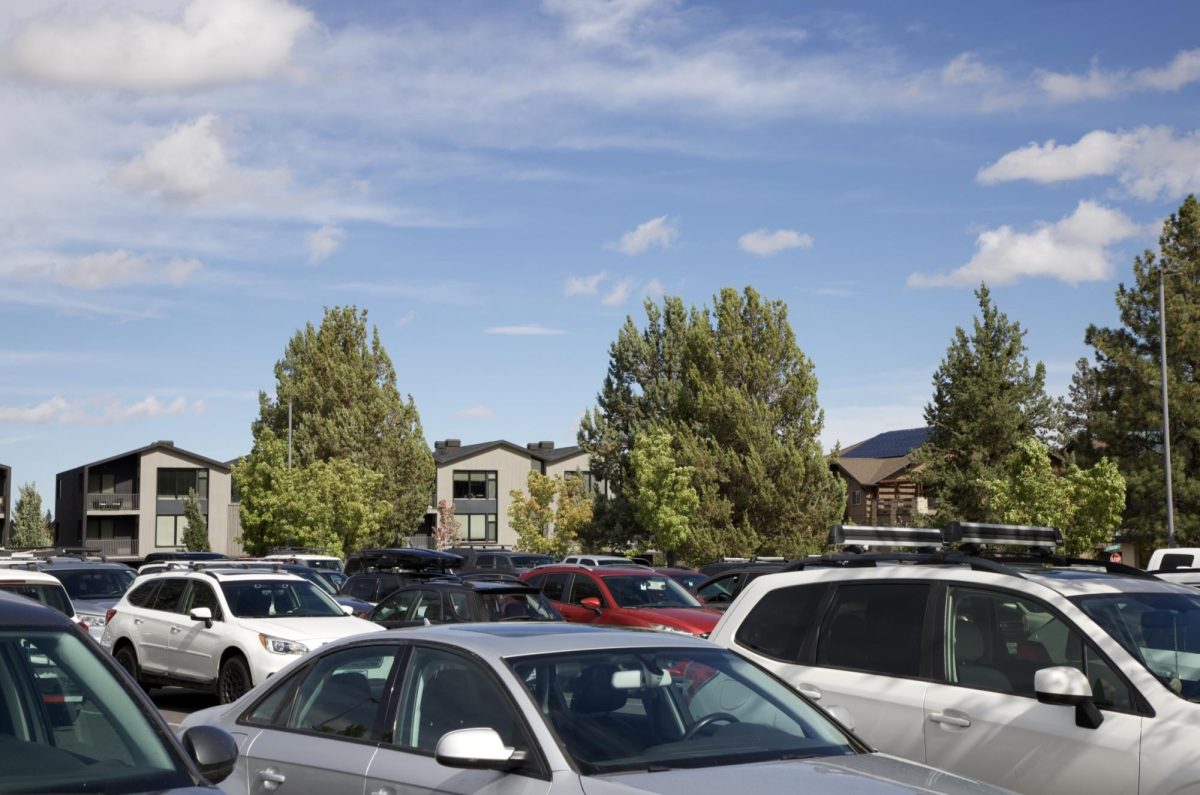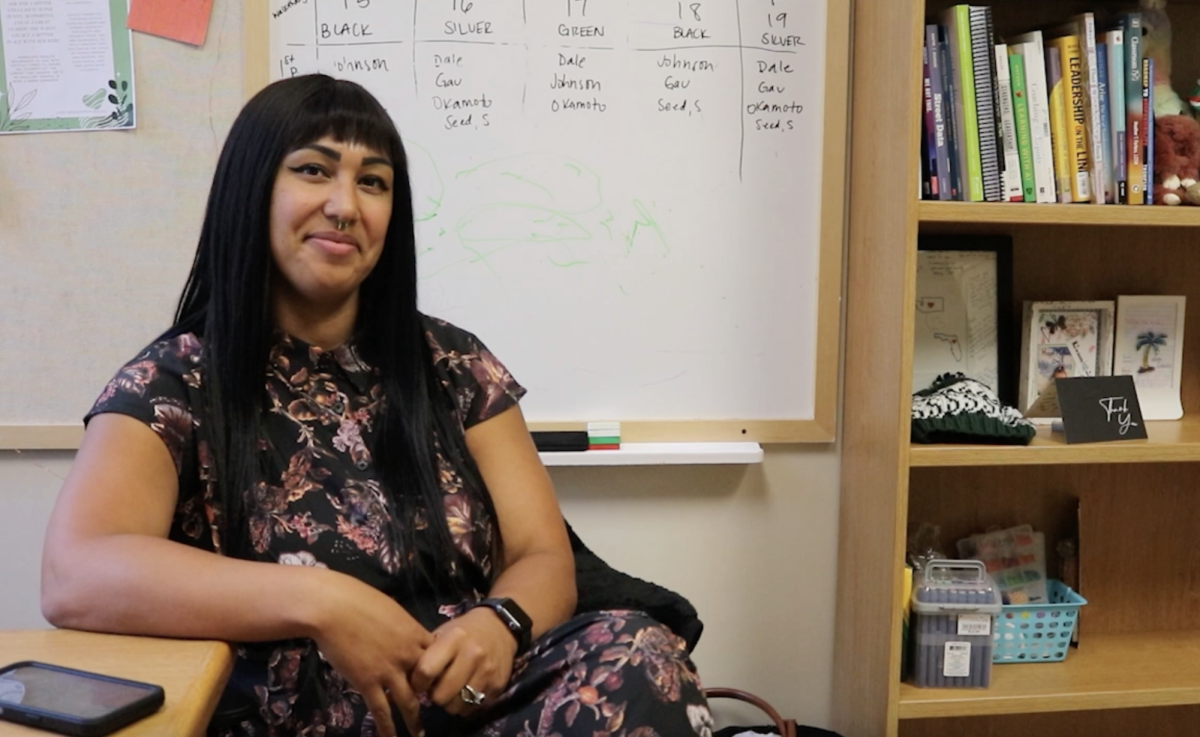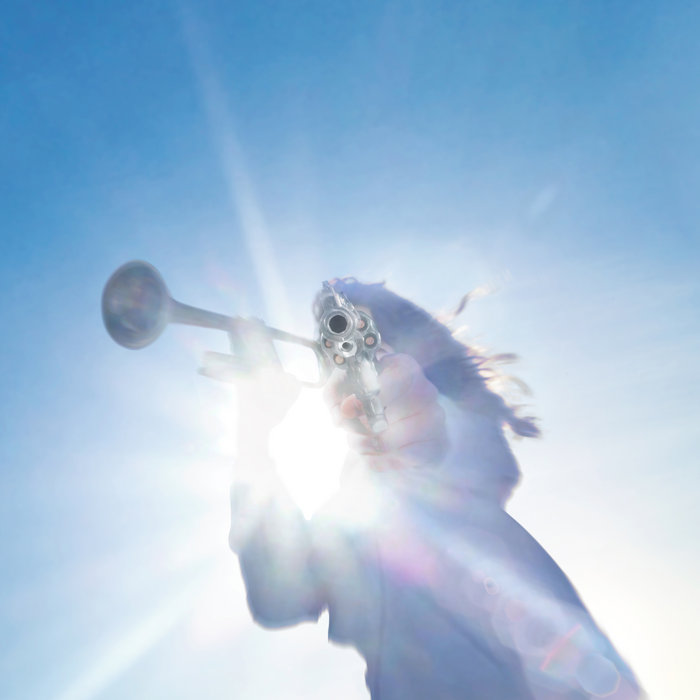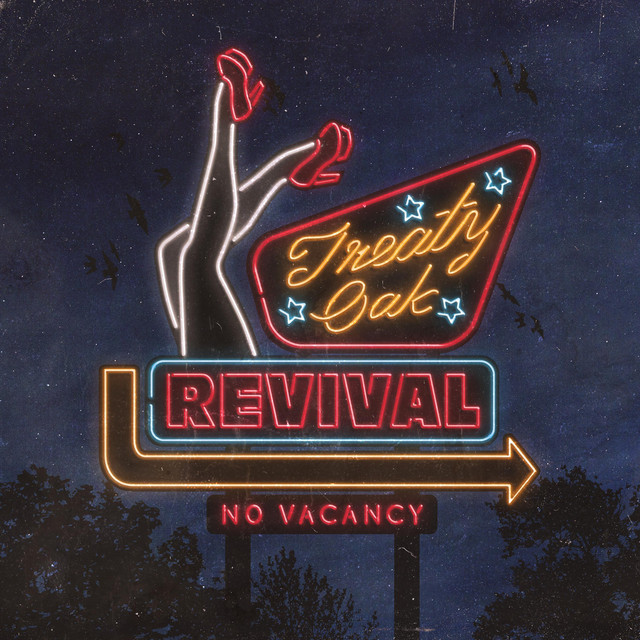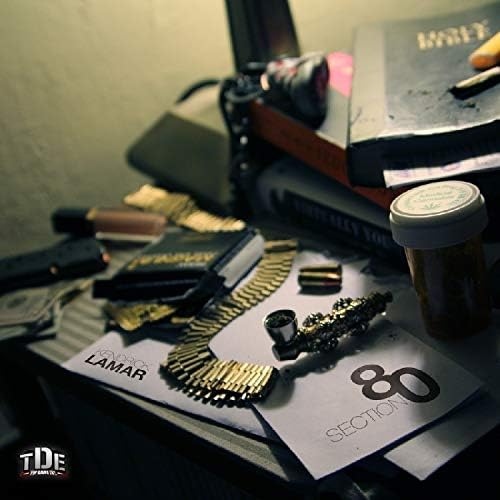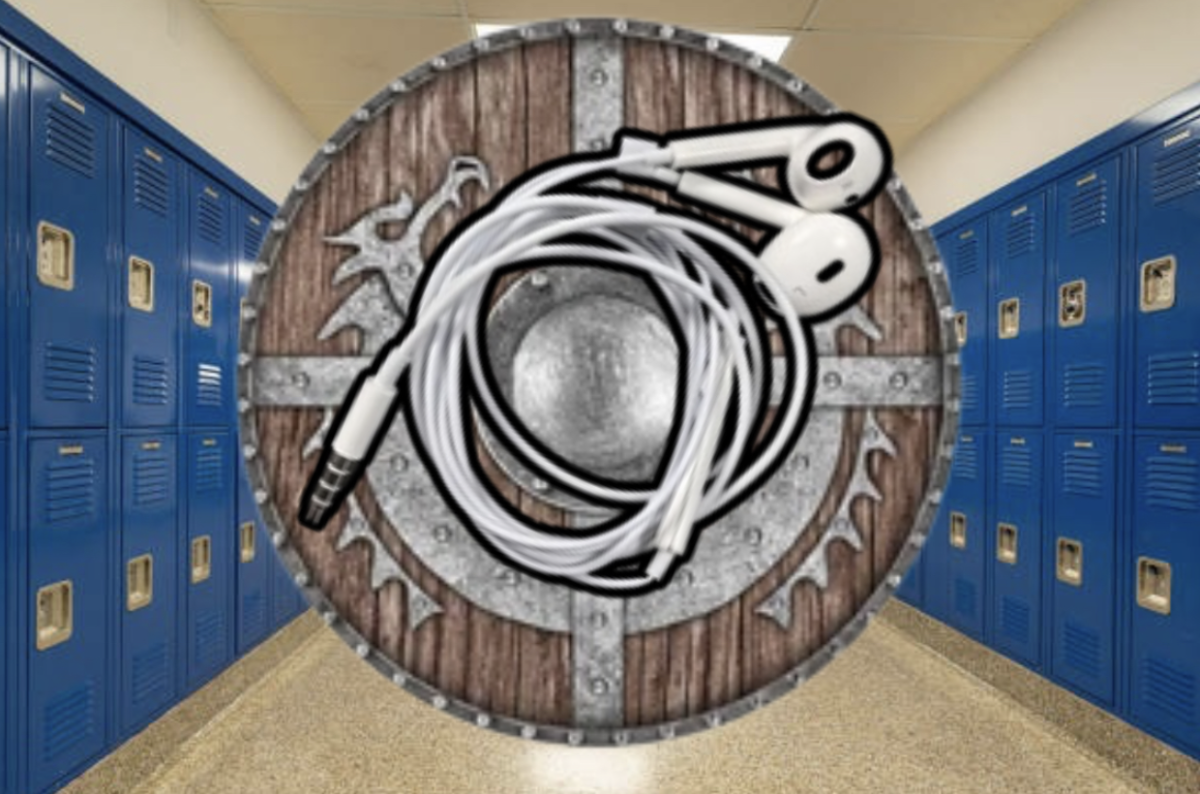I got the inspiration the way most teenagers do—while mindlessly scrolling on Instagram. A college aged girl was on my screen holding up a boxy black CAT Diesel flip phone made for contractors. She held the technological relic in her hand as she spoke about transitioning away from her smartphone and onto a flip phone due to the limited durability of smartphones. Though I don’t break my phone often, the digital separation the girl mentioned had piqued my interest.
I have never intended on going “off the grid,” but the dependence I currently have on my phone seems to be trending towards an unhealthy level. Occasionally I catch myself opening my phone searching for non-existent notifications, or clicking on Instagram for a quick scroll only to realize that my head hasn’t lifted from its craned position in over 10 minutes. So, a flip phone presented to be the perfect middle ground in allowing for some technological distance, without abandoning the practicality of an iPhone entirely.
This was more of a spontaneous decision for me than a planned experiment, but still I tried to do some research about what I was getting myself into. To my surprise, the “dumbphone” movement—a trend of people moving back in the digital timeline— is much more prevalent than I had thought. An NPR article I found provided me with some much needed guidance about how fully leaning into the analog of a dumbphone allows for greater day to day success. So, with the goal of a smooth transition in mind, I made a plan to cushion my switch from iPhone to flip phone.
I printed out my work schedule and training plan for the following week, as well as asked my ski teammates to alert me if anything was posted to the team communication app–Spond–used by my coaches. I started setting my morning alarms on my watch, and gave my parents my email login to monitor if I received anything important. Lastly, I told my close friends to expect a little more delay in my response times, as I knew typing on a keyboard was going to take adjusting.
Eventually I landed on the Unlocked Alcatel Go Flip 3 from Walmart, on sale for $52.99. I then spent another $8.99 on a 2,478 piece multicolor sticky gem set in order to bedazzle the phone once it arrived, as it lacked any decorative appeal. Initially, I thought that researching and getting the phone into my possession would be my biggest challenge, but this quickly became the easiest part of my flip phone journey. The real issues began once I started the process of switching my SIM card and contacts from phone to phone, I started to question the switch to a flip phone entirely, as it caused an excessive amount of desperate customer service calls. But eventually, I was all set up for my week of partial digital cleansing.
At the beginning it was difficult to adjust to the lack of convenience of the flip phone, that I so greatly took advantage of on my smartphone. I continually would find myself opening the phone with no real reason, just to open it. I even caught myself swiping upward on the keypad when frustrated with not knowing how to navigate or type. This frustration was largely from the fact that texting took so much time that I gave up within hours of trying to learn “T9” (short for text on nine keys) typing, eventually just resorting to calling as my main form of communication.
However, what I did find to be better than a smartphone was a pre-installed game called Gun Shooter Gallery. It quickly became the most important part of my life during my week of iPhone isolation. At school, at home, at practice, instead of homework—I put in so many hours trying to kill animated ducks and targets floating through waves. Blood, sweat and extremely real tears were shed as a result. When a friend of mine beat my high score of 11,025 points, I spent even more hours playing in hopes of winning back the title.
Other friends started playing it too. As my week started out as a way to get a break from technology, it soon became an intense competition to win the title the game presented to the shooter with a high score, and see the letters typed out in a glowing pixelated font: “Best Shooter.” Although I was still glued to a screen and by no means at all being productive, at least it wasn’t from brain melting reels of rug cleaning, sponge cutting or any other things my algorithm thinks I could benefit from.
The addictiveness of my smartphone was what originally triggered this entire dumb phone experiment. Yet, even when using the closest thing I could find to simply getting rid of social media—there were still built-in features to create a dependence between me and the flip phone. Social media typically fulfills this addiction on iPhones, but on the flip phone I was still sucked in by games and apps. Regardless of being social media or not, the shooter game was proof that any screen that offered distraction or reward was still completely capable of consuming my attention in just the same way.
However, in the end the biggest problem I faced was my terrible habit of losing my phone–which normally isn’t an issue thanks to the existence of Find My iPhone. Yet my flip phone had no tracker, therefore no recovery system for when it’s misplaced. I spent way too much time flipping over couch cushions, and running around the perimeter of my house barefoot in the dark trying to find where the phone had fallen out of my pocket. Eventually, on the second to last day of my dumbphone week, I lost the phone entirely. So I spent the last day of my flip phone week completely phoneless.
There were many things I really liked about using the flip phone. Actually hearing people’s voices while communicating, or not constantly opening my phone for no reason was what I felt were the best byproducts of the week. Although I never experienced any eye opening moments throughout the week, and instead greatly inconvenienced myself, the flip phone forced me to have more social interactions, even if that just meant calling a friend instead of texting.
Throughout this iPhone cleanse, social media was something I didn’t really miss, but that didn’t mean that I had escaped the pull of technology entirely. I still found ways to be unproductive—just in different forms. Even without the typical apps, so much of my day to day life depends on being plugged in. So, as for fully switching to a dumbphone, I’ll have to reconsider after I graduate, because I don’t think I could successfully do so right now. Especially as I’m in highschool and each club or team or employer uses a different app for communication, it is growing increasingly harder to lean away from technology when it’s embedded in all parts of our lives. Even though the break wasn’t transformative, it did offer a reassurance that technology didn’t have to be as consuming in my life as I had imagined.

